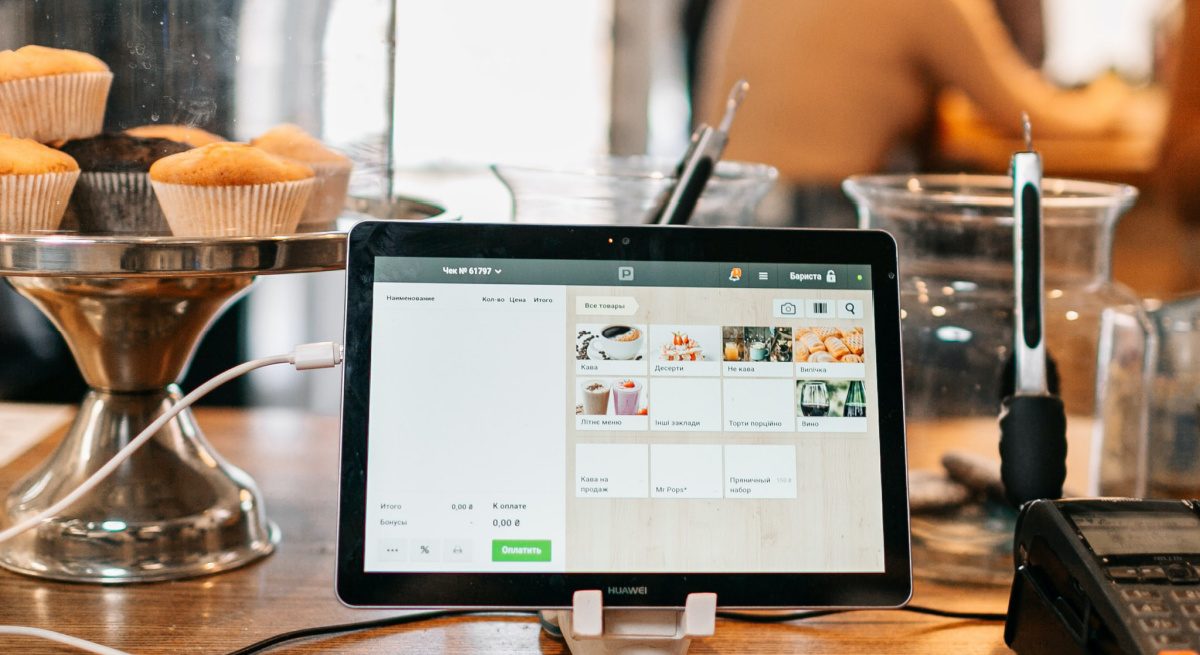How Restaurant Owners Can Leverage POS Technology To Help Offset Rising Food Costs
3 Min Read By Mo Chaar
Across the country, prices for food are reaching all-time highs as inflation picks up and COVID-19 restrictions loosen, driving more consumers to resume dining, shopping and traveling. Food costs have climbed 0.8 percent in July 2021, its largest monthly increase since February 1981, according to data from the U.S. Bureau of Labor Statistics. Wholesale costs for meat and poultry have also skyrocketed more than 20 percent since the start of the year, separate government data shows, while U.S. producer prices for processed poultry in May hit a record high.
In order to adapt to these unprecedented costs, restaurant owners need to understand how their products, employees and stores are performing and how these factors are impacting profits. The right POS technology and the data it captures can be an invaluable asset in helping analyze and improve a business as market trends and consumer behaviors change.
How POS Analytics Can Help Restaurants Adapt Their Menu
As the economy reopens, many eateries are trying to stay ahead of rising food costs by restructuring their menus. Leveraging POS reports allows restaurant owners to evaluate top-level data and streamline operations in order to curtail unnecessary menu expenses. For example, owners can see which food items are selling and focus their marketing funds on those customer favorites. On the flip side, operators can also remove items that are slow moving, bottlenecking overall operations or are subject to higher production costs.
Remember, too much emphasis on minimizing costs can come at the expense of the guest’s experience. Therefore, business owners should focus on leveraging POS data to drive more sales and increase guest loyalty, instead of simply cutting expenses.
How POS Analytics Can Help Restaurants Raise Their Prices
With the right POS technology, restaurant owners can also analyze profit margins, supply chain costs and customer buying trends to properly price future items and promotions. Many chains, including KFC and McDonald’s, have been substituting discounted "value" meals for more costly options to counterbalance increased food costs and boost sales as Americans return to pre-pandemic habits. Overall, year-over-year consumer prices rose 5.4 percent in June, with limited-service meals up 6.1 percent over that time period, the U.S. Bureau of Labor Statistics said.
Restaurant POS data can be used to evaluate these price increases before presenting them to customers to ensure the costs are going to the right place. For example, if the price of poultry goes up, POS data from past menu adjustments may reveal that an increase in the price of a hamburger would have less of an impact on overall sales than an increase in the price of a chicken sandwich. This allows restaurant owners to offset rising food costs with changes to the menu items that customers are most likely to pay more for.
How POS Analytics Can Help Restaurants Optimize Staffing Costs
Following the pandemic, businesses across nearly every industry have been struggling to find employees. A survey conducted by Challenger found that 95 percent of companies are currently hiring and 85 percent are experiencing a labor shortage. As business owners look for ways to incentivize new employees to join their team, compensation costs within the accommodation and foodservice industry were up 6.2 percent for the 12-month period ending June 2021, according to the Bureau of Labor Statistics National Compensation Survey. These rising staffing costs can put an even greater pressure on a restaurant’s bottom line as they try to adapt to surging food costs.
In these circumstances, quick service restaurants in particular benefit from the use of Kitchen Display Systems as a way to streamline orders and food use while reducing the margin of error for new or less-qualified staff members. Reporting directly through the restaurant’s POS system, data reports pulled from the POS also allows restaurants to keep track of their workflow and increase efficiency in order to cut back on staffing or optimize scheduling, all of which can free up funds to be put towards higher food costs. The right information can help highlight areas of possible inefficiency or locations and shifts that may need more training to meet average standards.
The COVID-19 pandemic has had and will continue to have a significant impact on the restaurant industry, and right now, understanding profit margins, making smart staffing decisions and streamlining menu efficiency has never been more vital. By leveraging the power of POS analytics, restaurant owners can aggregate their data into actionable insights and feel confident that they have the knowledge needed to adapt to the constantly shifting foodservice landscape.


